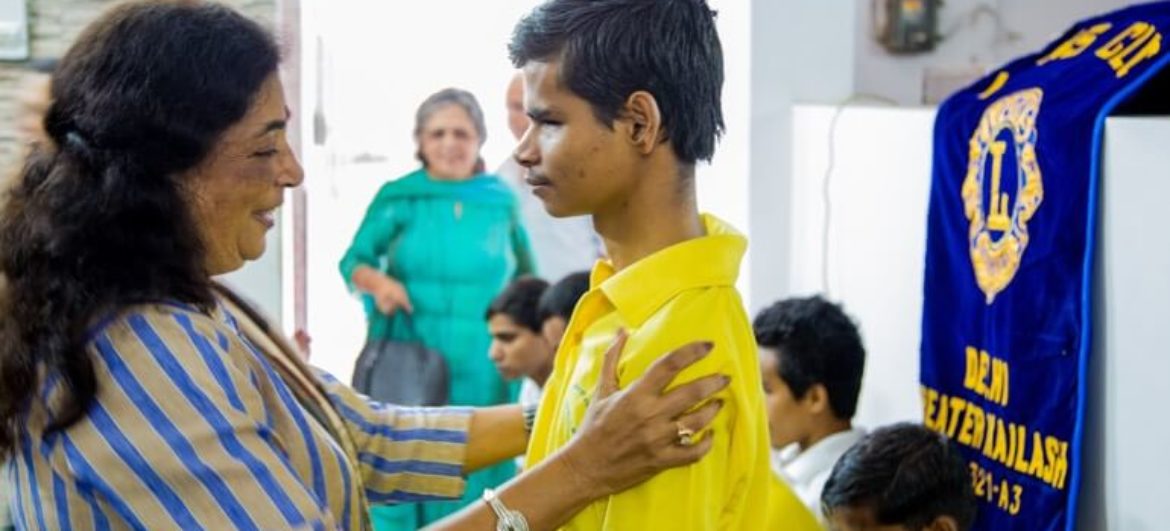Good vision is a precious gift — and one that’s easy to take for granted.
Imagine for a minute what life would be like if your vision was permanently impaired and could not be corrected with eyeglasses, contact lenses or vision surgery. On a daily basis, many people suffer from ‘low vision’.
Ways to help someone with low vision
There are many ways to help someone with vision loss. You can take them shopping, do home repairs, or just hang out and be a friend.
Other terms often used to describe people with low vision are “partially sighted,” “visually impaired” and “legally blind.”
Causes of low vision include hereditary conditions, eye injuries and eye diseases such as glaucoma and macular degeneration. Whatever the origin, low vision often causes depression and feelings of isolation and helplessness.
How You Can Help
If you have a friend or family member with low vision or know others in your community who are partially sighted, here are a few ways you can help them maintain their independence and get the most out of their remaining eyesight:
- Help them learn about low vision aids. Special optical devices called low vision aids can often enable people to use their remaining vision more effectively and do things they thought were no longer possible.
- These devices include customized magnifiers for reading and other similar tasks, computerized text-to-speech devices and handheld or spectacle-mounted telescopes for seeing objects at a distance. Many of these are covered by health insurance.
- You can help by arranging a visit to their eye care practitioner to learn which optical aids will provide the most benefit. (If the practitioner doesn’t usually work in low vision, he or she may recommend a low vision specialist in the area).
A low vision exam is different from a regular eye exam and typically involves follow-up visits to help the person with low vision to use the prescribed vision aids effectively.
The practitioner also might suggest non-optical aids to help someone with low vision to enjoy life to the fullest. Examples include audio books, large-print books and other large-print items, such as playing cards, clocks, phones, and pillboxes.
SOURCE LINK


